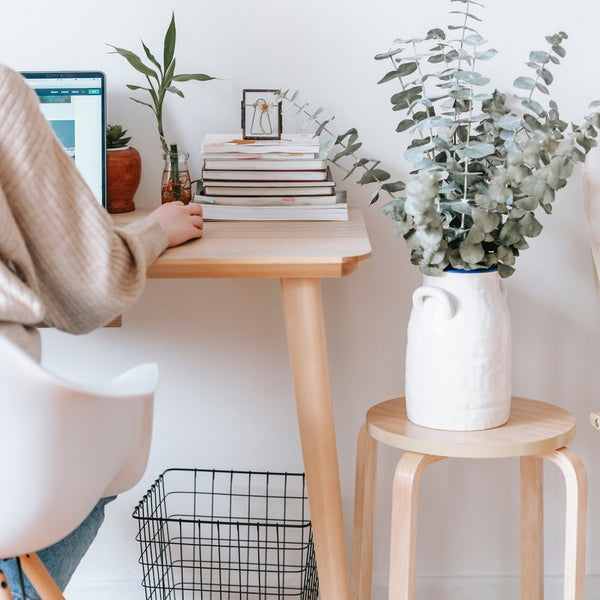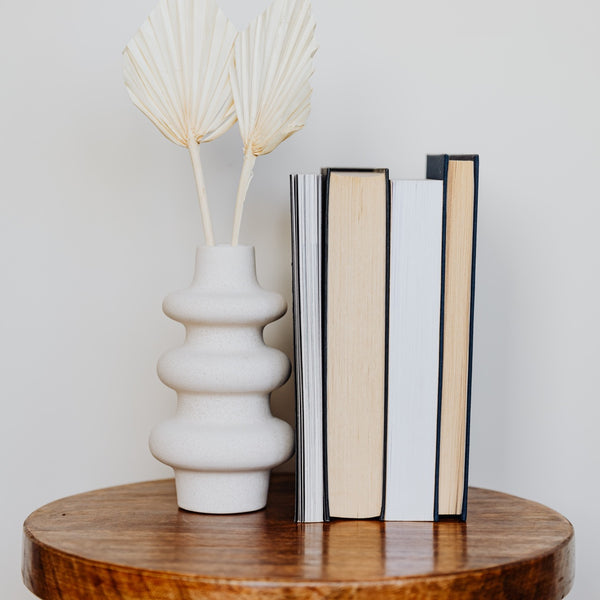5 Steps to Creating a Home Sanctuary

We live in a hyper-connected, multi-tasking, device-driven world. Manifesting is our mantra. Busy has become a way of life. What many of us don’t realize, however, is that one of the most powerful ways to get stuff done is to make time for a full stop. Our commitment to our “To Do List” should be matched by a “To Be List”.
Stillness as a practice affords us an opportunity to step away from the tactical nitty gritty of our lives and pull focus on big picture strategy. It also creates space to rest the intellectual reasoning parts of our brain, so it can recharge and restore.
Much has been written about the benefits of meditation. A regular stillness practice reduces stress and anxiety, boosts the immune system, increases emotional intelligence, increases concentration and attention span. It’s even been shown to make us more compassionate and to improve the quality of our relationships.
Incorporating a stillness into your daily life is much easier if you make a dedicated space in your home in which to practice. Here are 5 steps to creating a home sanctuary.
- Choose a Place

You might dedicate an entire room in your house to use as a sanctuary, or you might decide on a small corner of a room you use for other purposes as well. It matters not, the size and location of the space your define. It simply needs to be a place you return to habitually to unwind and be still—or as I like to say: to shut up and listen. When choosing a spot, try to find a place that feels comfortable to sit. Make it out of the path of regular foot traffic, on the far side of a room, in a corner, or even in an area of your bathroom, if it’s large enough.
- Design the Space
In setting up your space, you want it to feel energetically spacious. If you have a whole room to work with, consider painting the walls a peaceful color. Whereas red, orange, and yellow are stimulating, shades of blue or gray are known to calm the nervous system. Keep it simple. Put a meditation cushion on the floor or a comfortable chair. Hang just a few photographs or artwork that remind you of a time in your life when you felt most grateful to be alive. Use a coffee table as an altar where you can place candles, and other objects of inspiration. If you are working with an area of a larger room, create a space where you can face a corner or wall. The idea in any scenario is to be able to literally turn away from your daily environment (and thoughts) and tune into quiet stillness. Try placing a small low shelf or table in your space when you can put some photographs, crystals, or candles.
- Wake the Senses
The way out of the head is through the senses. Include something to activate each of the five senses. Here are some suggestions.
Sight: a beautiful object d’arte, a stone, bowl, photograph, tapestry
Smell: essential oils, incense, scented candles
Touch: a soft blanket, a plush cushion, a warm sweater
Hearing: relaxing music, sounds of nature, white noise
Taste: chocolate, fruit, fresh water
- Give it Life

One of the ways to keep the energy in your sanctuary clean and fresh is to a make it a living space. Bring cut flowers into the space. Keep them fresh and change them often. Studies have shown that flowers increase happiness and reduce anxiety. Symbolically, they represent celebration, life, growth, and renewal. Flowers bring an element of new life and beauty into your space.
- Make it Yours

The opportunity to create a sanctuary in your home is special. It’s easy to be intimidated or overwhelmed with options. Look at magazines for inspiration, or peruse Pinterest. But the most important thing of all is to make this space your own. No one can tell you what makes you feel peaceful and clear. Adding your personal touches to your own sanctuary is what will ultimately make this space work for you as a retreat from the business of your daily life.





